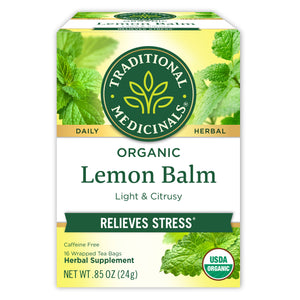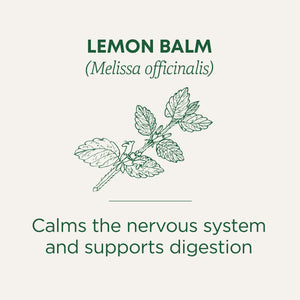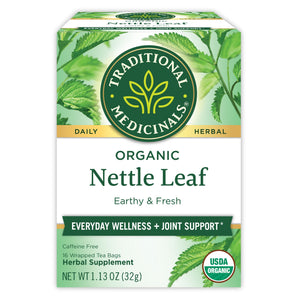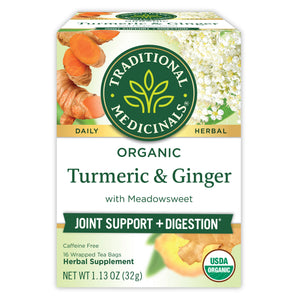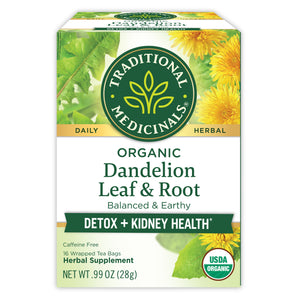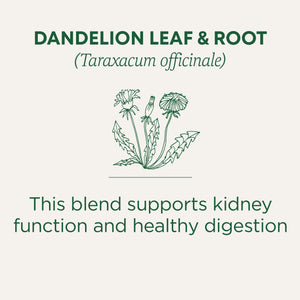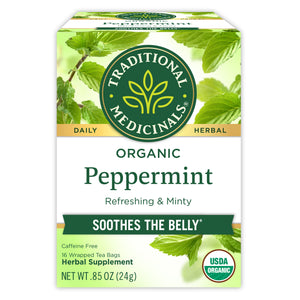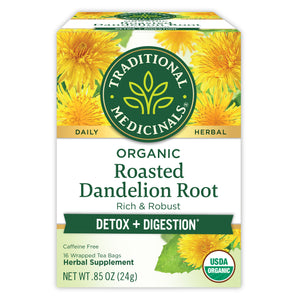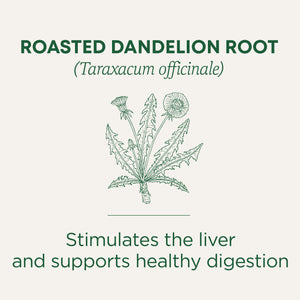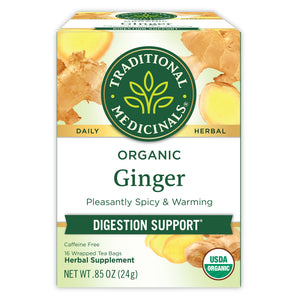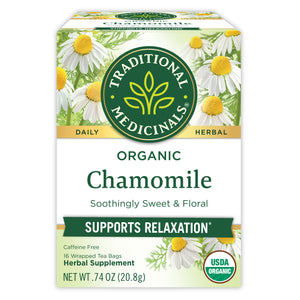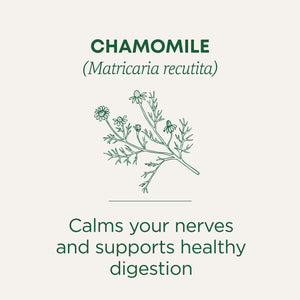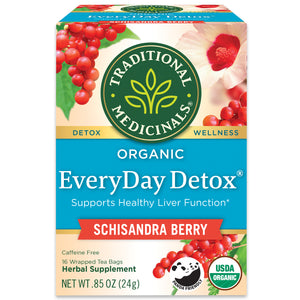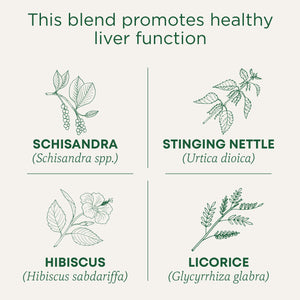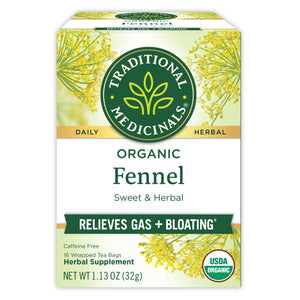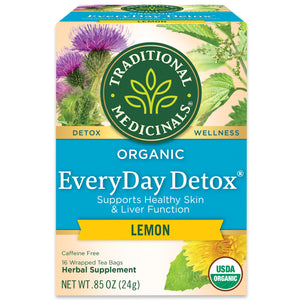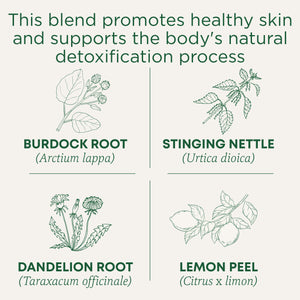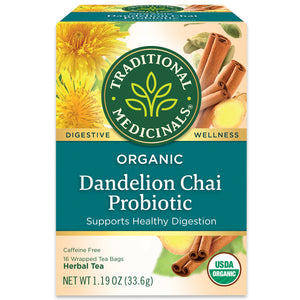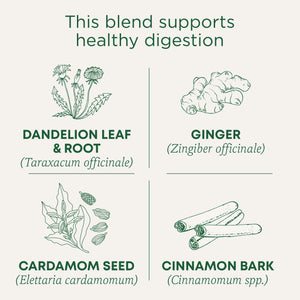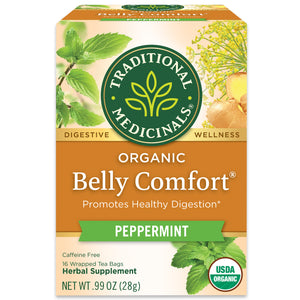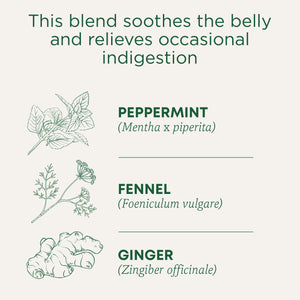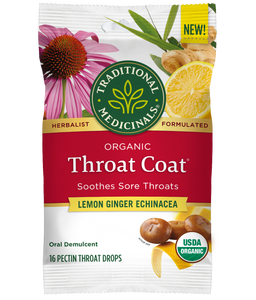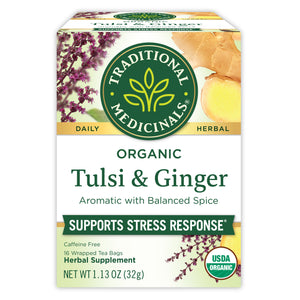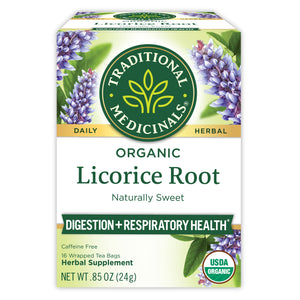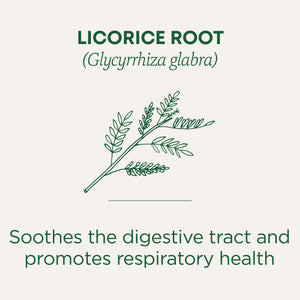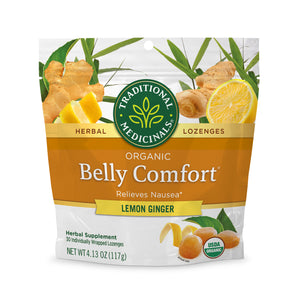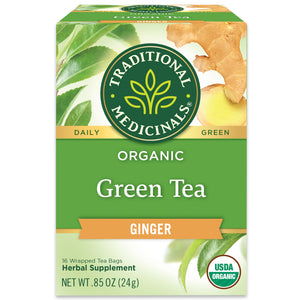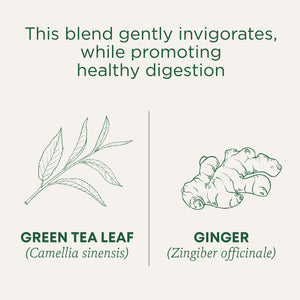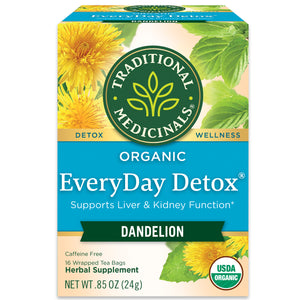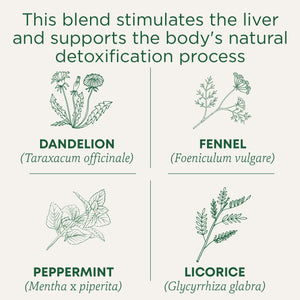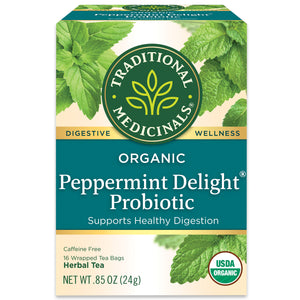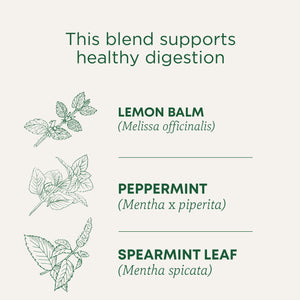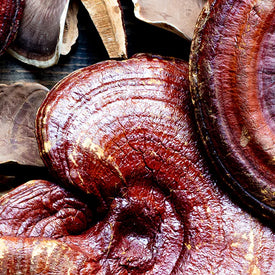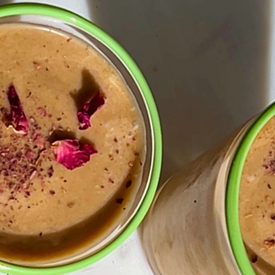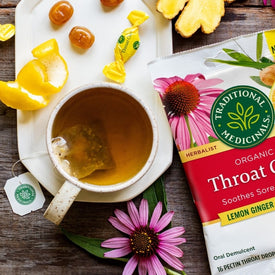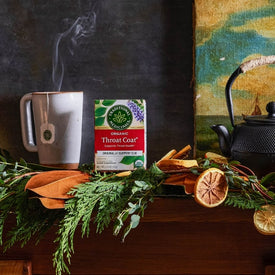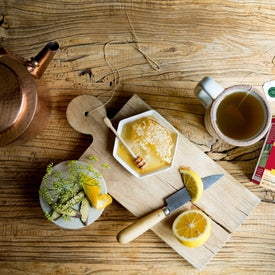Have you ever cracked open a fresh aloe plant and watched it ooze a clear, sticky gel? This is one of the earth’s natural juices that can be scraped from the inner plant and used externally to soothe inflamed skin.* Humans have been juicing plants for hundreds of years, traditionally by mashing them or with simple tools like a mortar and pestle.
In the last hundred years, juicing has evolved from human hands to high-powered machines. We understand why juicing is so popular, as it is a quick and tasty way to get an abundance of nourishing fruits and veggies in daily. However, we don’t always agree with the new jargon surrounding this age-old practice. Often, juicing is touted as a way to “cleanse” the body and rid it of toxins. We believe in the many benefits of juicing, and we believe that our bodies are intelligent— not inherently flawed. Each of us have effective and complex systems to rid the body of waste, and the plants support our body’s natural instincts to heal.

The British Pharmacopoeia has specific instructions on how to make medicinal juices, like Succus Limonis (lemon succus) and Succus Taraxacum (dandelion succus). These herbal medicines are a wonderful addition to an apothecary, and are as quick to affect the body as they are effective.
Many herbs can be juiced, but some are superior to others. Plants that contain a large amount of water are easier to juice, and those that have water soluble medicinal compounds work best. Dandelion, ginger, chickweed, cleavers, and calendula are prime examples.
Creative wellness rituals like juicing remind us how wonderfully diverse the art of medicine-making can be. For instance, once you juice a plant like ginger you can preserve it as a succus by adding at least 25% alcohol to the formula and storing it sealed in the fridge, or add it to a tincture, syrup, or even an herbal cocktail! Below are some of our favorite herbal enhancements, or “boosts,” for juicing.
Nettle – While this plant may sting you in nature, once juiced, it makes a beautiful, green and pain-free beverage. Europeans have used this plant as herbal medicine for over 2,000 years to support joint health, and a tonic to promote overall wellness.* The earthy taste pairs well with sweet apples, cucumbers, and mineral rich spinach. We recommend blanching the nettle greens prior to juicing to avoid its signature sting.
Dandelion – Traditionally this plant is used to support liver function and promotes the flushing of the kidneys.* Its rich, green juice is quite bitter, making it a wonderful digestive aid* that works best when its leaves are added to a blend with more neutral- or sweet-tasting plants like romaine, fennel bulb, lemon, and cucumber. These days, you can find dandelion leaves in many health foods stores.
Turmeric– This rich, golden rhizome is a time-tested Ayurvedic remedy that aids the digestive system and promotes a healthy response to inflammation associated with exercise.* Try a small thumb of turmeric in a citrus-based juice to highlight the plant’s natural golden glow, or mix it in with cold nut milk for a refreshing midday treat.
Ginger – Most cultures around the world have acquired fond feelings for ginger, both for its taste and its soothing properties. This rhizome will warm and soothe an upset stomach* and can spice up any juice recipe. Try it with a pinch of cayenne to add a serious kick.

Whether you’re juicing plants straight from your garden or buying them from the local market, we suggest sticking with clean produce that is organic.
By answering our body’s call for a rich diet full of vegetables, fruits, and medicinal herbs, we are fueling healthy bodies and nourishing deep-rooted connection to plants. For more wellness rituals and DIY projects, check out the At Home section of Plant Power Journal.
Please note: Not all herbs are right for everyone. Please be sure to research which herbs might be best for you. We highly recommend reading the Supplement Facts panel on our tea cartons.


